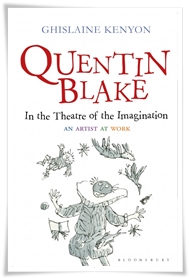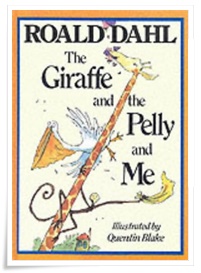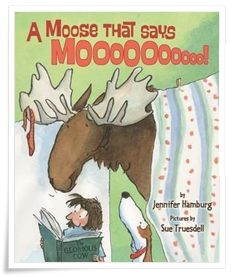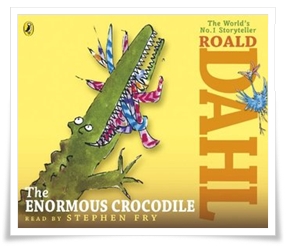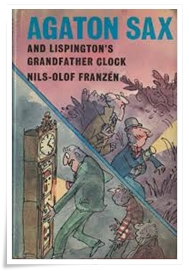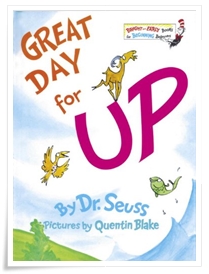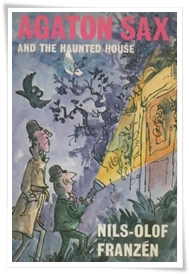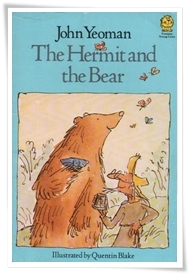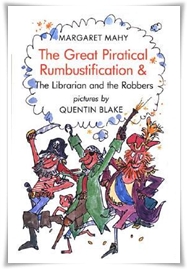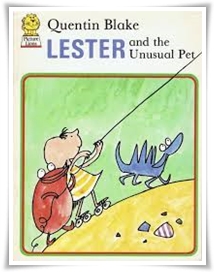Quentin Blake: In the Theatre of the Imagination – An Artist at Work
by Ghislaine Kenyon (Bloomsbury, 2016)
Quentin Blake’s art is distinctive and greatly beloved. Kenyon’s analysis-cum-tribute focusses on how Blake’s personality—his Francophilia and appreciation of literature; his positive outlook and playful, empathic eye for other people’s experiences; his quiet attentiveness and generous spirit—manifests in his work.

